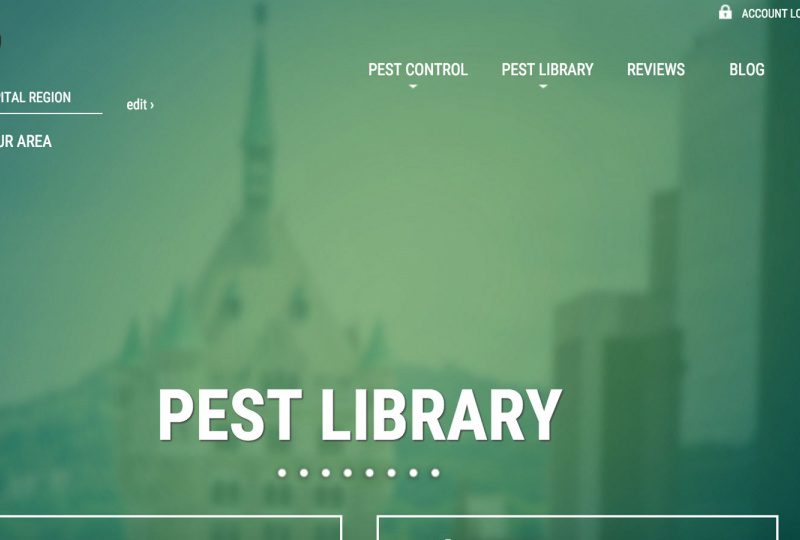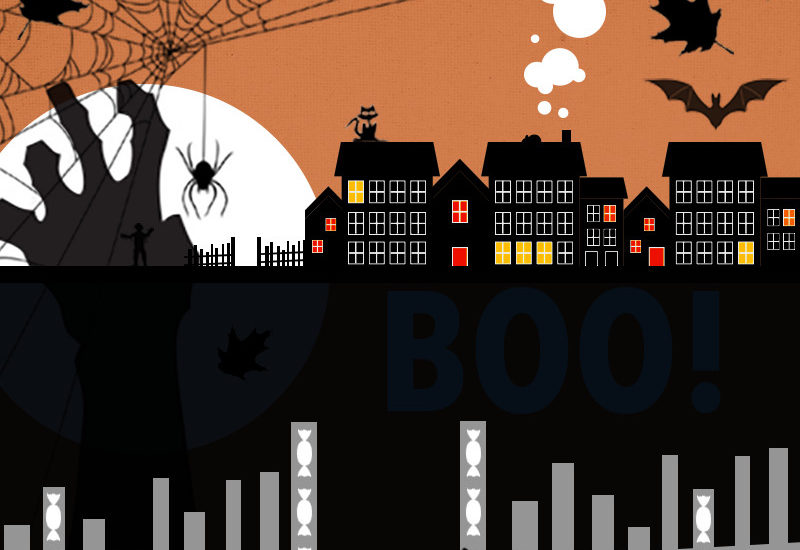How to Get Rid of Carpet Beetles
Fall is a time for cider donuts, getting our warm sweaters out of storage, and relaxing on the couch while watching Sunday Night Football.
The last thing you want to worry about is a bad case of carpet beetles in your home.
What Are Carpet Beetles?
Carpet beetles are small oval insects known for their mottled black, white, and sometimes brownish scales. Carpet beetles are most commonly found in the Northeastern United States and eat almost anything, from dead insects to pollen.
Carpet beetles are often brought into one’s home on cut flowers or come through cracks looking for food and shelter. Once inside, they like to eat woolens, as well as stored dry goods like cereal and other natural products found around the house.
Carpet beetle larvae typically cause the most damage. They will chew holes in clothing and curtains, and even munch stripes through the carpeting. Once you are seeing adult carpet beetles, you definitely have a problem because this means they have already laid their eggs in the carpet or near another food source.
Handling a Carpet Beetle Infestation
One day we got a call from a homeowner in North Greenbush, New York, who was finding a lot of what appeared to be carpet beetles throughout his home.
He had tried all different kinds of store-bought sprays but the beetles wouldn’t back down. The homeowner was fed up with all of these pests and wanted the help of a professional. As Catseye always does, it sent an experienced pest inspector out (me) to do an inspection of his home, and sure enough, there were carpet beetles in nearly every room of his house.
However, I couldn’t find a shred of evidence to help me understand what they were eating to survive and breed. Identifying and eliminating the food source is an important part of getting a handle on any pest problem, including carpet beetles.
Then I noticed some of the carpet beetles on the ceiling.
“Do you normally see the beetles on the ceiling?,” I asked the homeowner.
“Yes, all the time,” he replied.
It was one of those ranch-style houses, so I asked the homeowner if it had an attic. The man said there was a small attic space with no flooring that could only be accessed from the garage. He never stored anything in the attic. I got out my flashlight and ventured into the attic, and as I carefully stepped from rafter to rafter, I shined the light around the room. I spotted a couple of carpet beetles and followed them until they scurried under the rolled insulation.
I lifted the insulation to see where they were going only to find thousands of dead cluster fly carcasses laying thick as a blanket under the insulation. Cluster flies will sometimes hibernate in people’s attics or wall voids during the winter, but only a small fraction of them ever find their way out. The trapped cluster flies die and the bodies accumulate as years go by. I was surprised to find cluster flies in this house because it was in a residential neighborhood, and these flies usually invade homes in more rural areas. The carpet beetles probably got inside through a crack or crevice in the home, found the ead flies, and realized they were in a food paradise.
Carpet Beetle Pest Control
We solved the problem by removing and replacing the old insulation as part of our Attic Abatement service, vacuuming the attic and treating the house for Carpet Beetles. We also put the house on an annual Cluster Fly treatment plan to prevent the flies from re-infesting the attic. Sometimes one pest problem can lead to even more.
If you have a carpet beetle problem, see if you can identify where they are coming from and what their food source might be. It will help you and your pest control technician end your infestation quickly and effectively. If you ever need help solving your pest problem, contact your local pest control experts.






